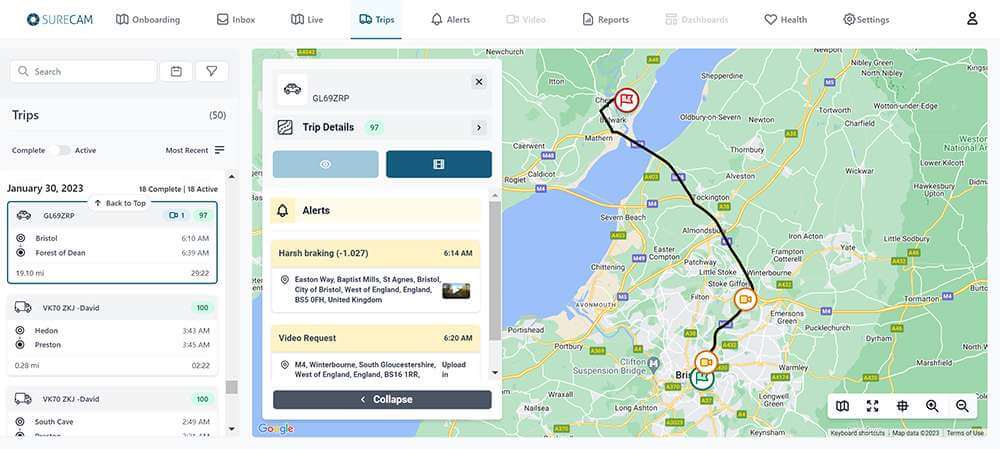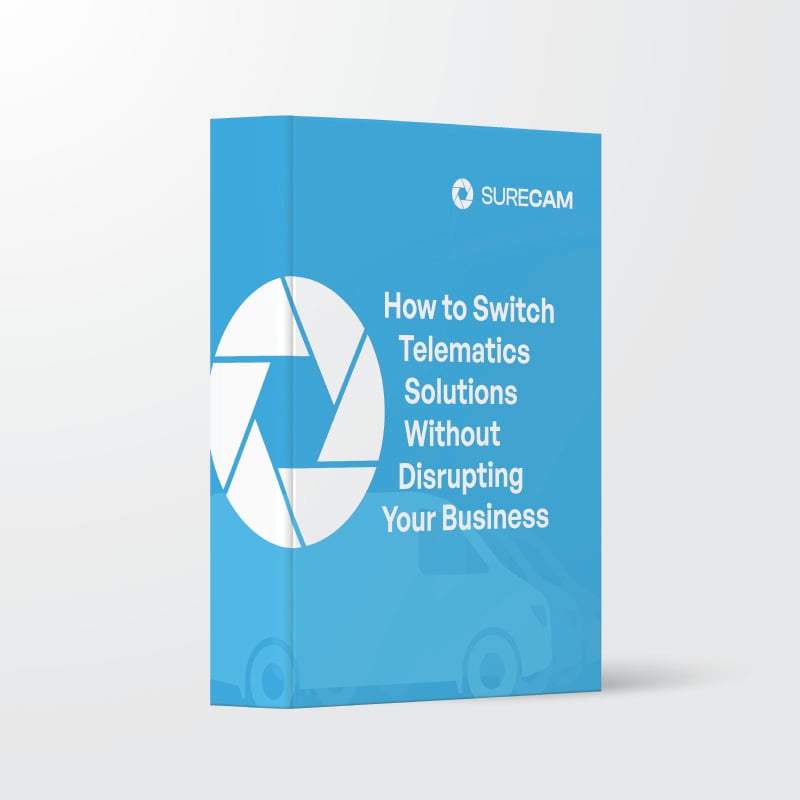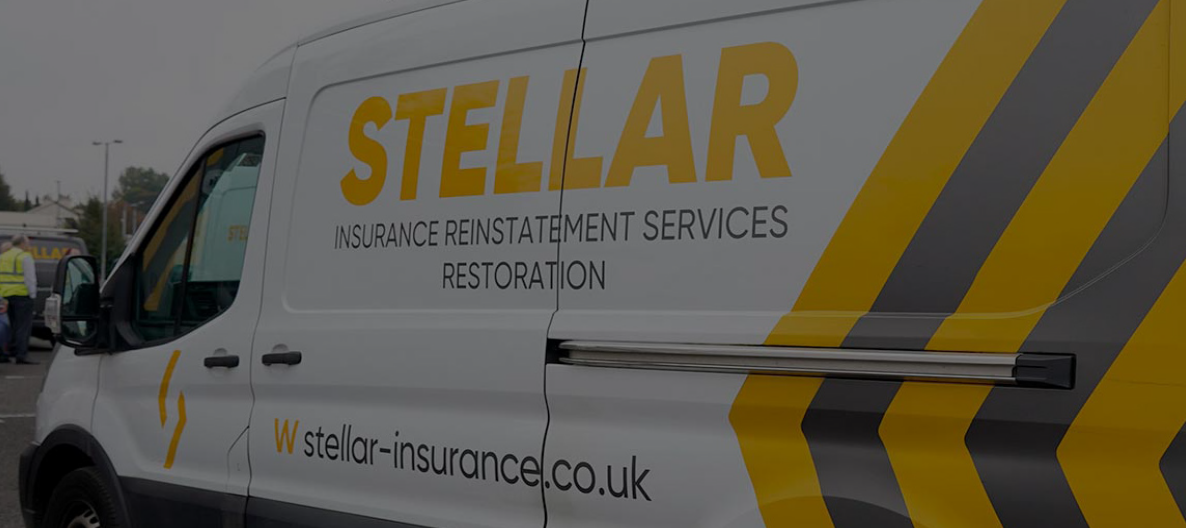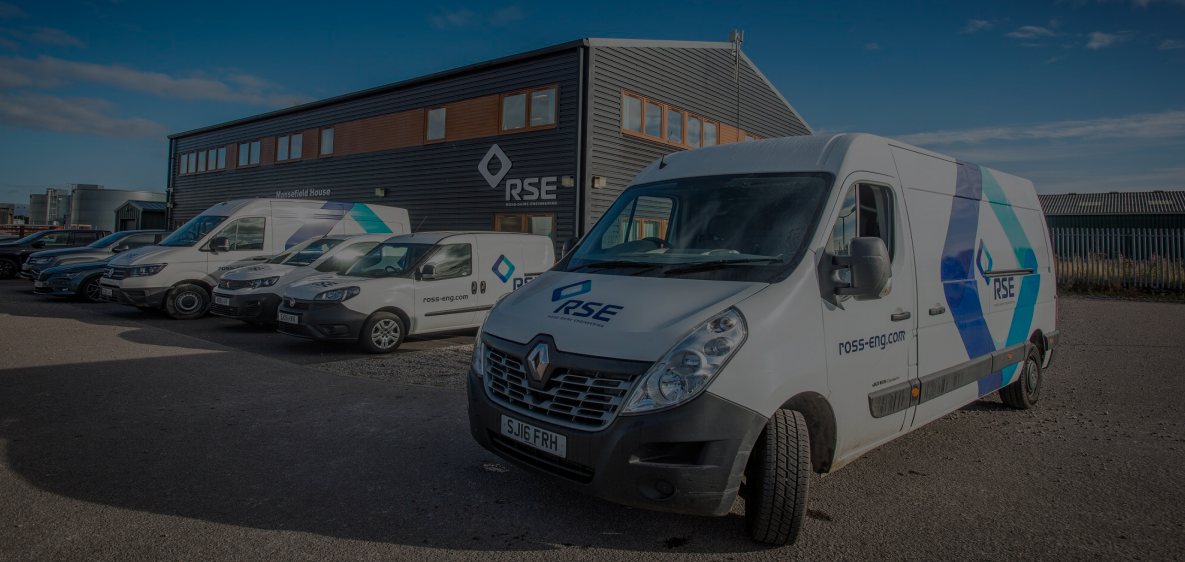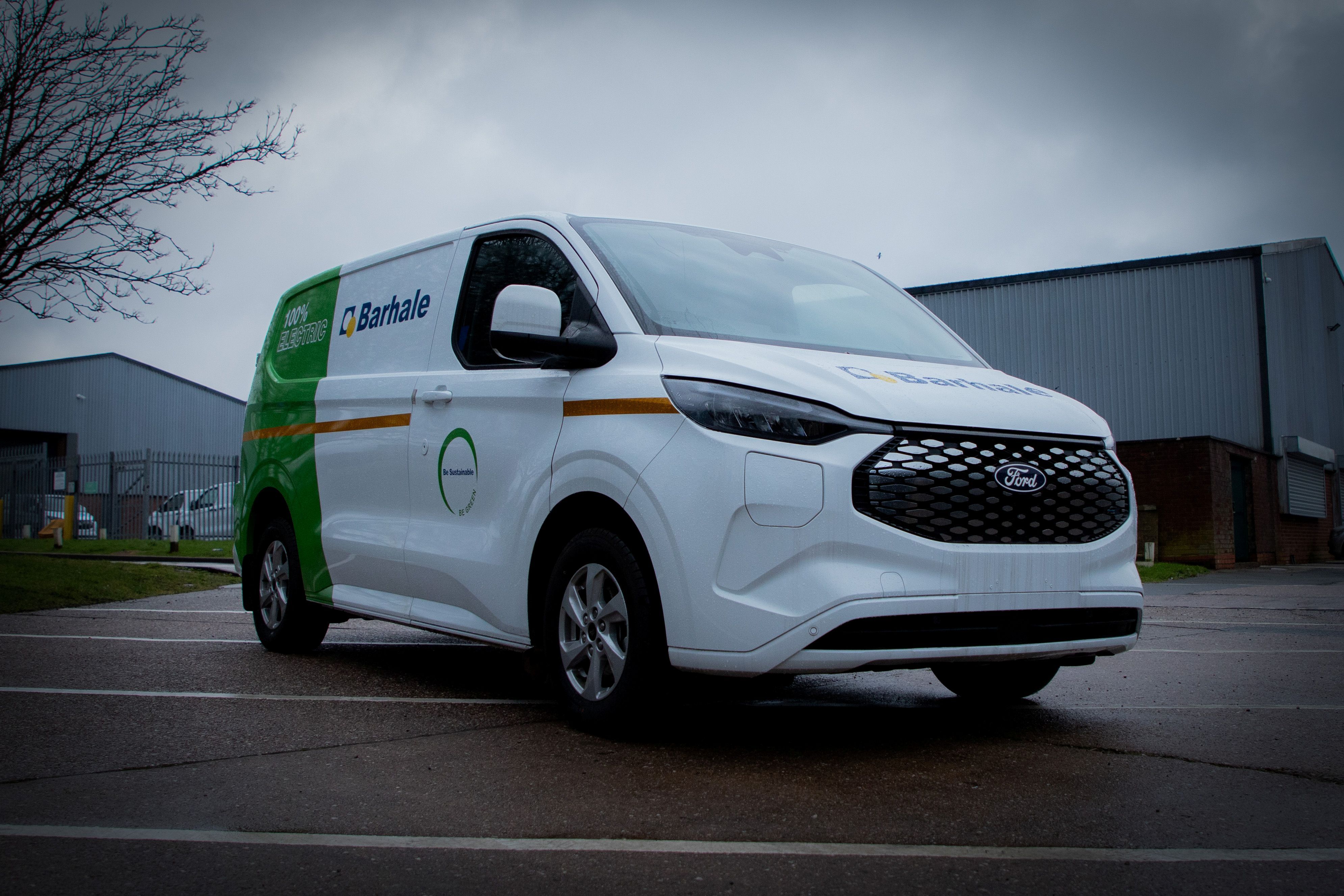How to Estimate Annual ROI for Combined GPS and Video Technology
.png)
Want to build a business case for rolling out connected dash cams with GPS tracking in your company vehicles? These are the four easiest data points you can pull together to create a rough estimate of how much you can expect in savings annually by adopting fleet tracking and video technology.
Data Point 1: Annual Claims Costs
What were your total “out-of-pocket” claims costs in the prior year?
For most operations, multiplying the number of accidents you submitted to insurance by your deductible will give you the number you are looking for.
# Accidents X $Deductible = $Annual Claims Costs
To estimate potential savings, SureCam customers on average see a 62% reduction in claims costs.
$Annual Claims Costs x 62% = $Estimated Savings
Data Point 2: Annual Cost of Repairs
What was your total “out-of-pocket” costs paid for repairs to your vehicles or to 3rd parties that were not submitted to insurance?
To estimate potential savings, SureCam customers on average see a 54% reduction in incidents involving their vehicles.
$Cost of Repairs X 54% = $Estimated Savings
Data Point 3: Insurance Premium
Whether your insurance company offers automatic discounts for leveraging connected dash camera technology, agrees to forgo a rate increase because you agree to implement connected dash camera technology, or you improve the safety and risk profile of your fleet operation, you should expect a reduction in your annual insurance premium within the first three years of adopting this type of technology.
# Covered Vehicles X Annual Premium/Vehicle = $Annual Premium Costs
Although the range can vary significantly (we have seen discounts reported as high as 18%), it is best to use a conservative estimate of a 2% reduction in your annual insurance premium when formulating your potential savings.
$Annual Premium Costs X 2% = $Estimated Savings
Data Point 4: Fuel Costs Wasted on Idling
What is the total estimated cost of idling shouldered by your business annually?
This particular metric requires a few extra steps, but reducing fuel costs wasted during time spent idling is highly influenceable by your business, so well worth your time!
1st Step: Calculate Number of Gallons Wasted Idling
# Vehicles X Estimated Minutes Idling per Day X 0.0053 gal/min = X Gallons of Gas Wasted Idling
2nd Step: Calculate Estimated Money Wasted Idling
X Gallons of Gas Wasted Idling x $Average Cost/Gallon x 365 Days = $ Wasted Idling Annually
3rd Step: Calculate Estimated Savings from Reducing Idling
Our recommendation is to target an idling cost reduction of 30% but pick a reduction target that feels reasonable for your business.
$ Waste Idling Annually X 30% = $ Estimated Savings
Other Factors to Consider When Building a Business Case
The four data points reviewed above are a great starting point when trying to establish the potential ROI of adopting a combined vehicle tracking and video solution for your business.
Other data points to consider when trying to paint the full picture for the potential return on investment include:
- Workers’ compensation claims costs incurred by your company derived from motor vehicle accidents.
- The cost of billable time lost from workers out recovering from motor vehicle accident-related injuries.
- The hourly cost of team members who are charged with accident investigations and coordinating claims with your insurance company.
- The cost of fuel wasted due to over speeding.
- Potential revenues gained from fitting in more deliveries or customer site visits in a day due to operational efficiencies.
Understanding the potential ROI largely depends on your business operations and how fully you can leverage the capabilities made available through a combined fleet vehicle tracking and video solution. Interested in diving deeper into the numbers and building a full business case? Schedule a call with a SureCam Product Specialist!
Want to compare your potential savings to the cost of connected dash cams with GPS tracking? We are transparent about our pricing. View our vehicle tracking and video pricing here.

Book a demo today!
SureCam offers GPS vehicle tracking, live video, and real-time alerts for efficient fleet management. Get a Demo

